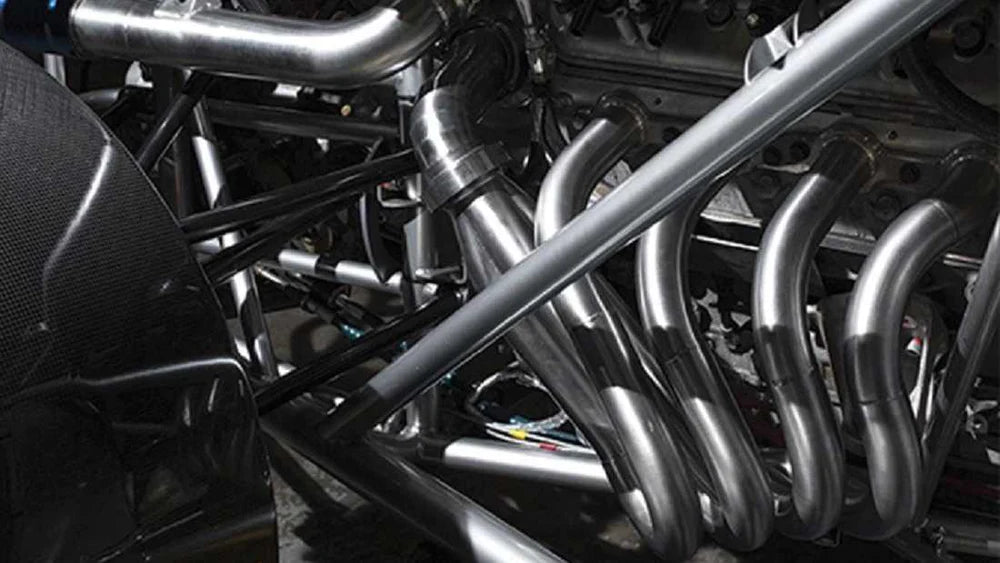
How to Install Exhaust Header?
Your car can experience measurable power improvements by upgrading its exhaust header. Increases in torque and horsepower result from more exhaust being directed away from your engine by larger-capacity pipes. For example, DC Sports or Heartthrob's exhaust headers control engine temperature to avoid overheating and guarantee effective engine performance. Your engine performs at its best thanks to a coordinated effort between the tubes attached to each cylinder.
Installing one of these on your own car is labor-intensive, but installing a performance header is not insurmountable. It will be beneficial to have some mechanical knowledge and a deep socket wrench. A partner will be a huge assistance with several elements of the work as well. Also, keep in mind that the following instructions are only for installing the exhaust header and not for completely overhauling the entire exhaust system from front to rear. These will simply help you reconnect to your existing mid-pipe.

How to Install Exhaust Headers
- Unpack your new exhaust header and arrange all the tools and components. Before starting, confirm that all required hardware is present and that all necessary tools are available.
- Cut the power to the negative battery terminal. As you walk within and around your engine block, it's crucial to eliminate any potential electrical charge. Electrical oxygen sensors should be unplugged. Additionally, you might need to take out your airbox for some applications.
- Remove the exhaust's mid-pipe from the factory manifold from underneath your car. To properly install your new header and remove this mid-pipe, you must completely remove it. It will be fairly heavy, so be aware.
- Unplug all gear and devices that could obstruct your ability to access your manifold effectively. Alternators can be positioned out of the way, and spark plugs can be taken out. It's critical to keep in mind where everything goes and how everything links when removing equipment specifically to access your manifold.
- Remove your manifold by unbolting it. This may require unbolting both from above and below at times, as well as from the driver's and passenger's sides at other times. No matter how your engine is built, you will need to access your manifold and unbolt it from two different angles.
- Check to see if any studs need to be added to or replaced, then adapt your system accordingly. Install your new performance exhaust headers to the appropriate locations once everything is in place. It is often appropriate to hang your new headers from the studs before fixing them for convenience reasons. When everything is in place, bolt everything as tightly as you can to the head.
- Reattach everything that was previously relocated, unplugged, and placed out of the way after your headers are in place, all cylinders lining up, and all bolts are securely secured. This includes any air boxes and everything indicated in Step #4.
- Reinstall the mid-pipe and gaskets to the back of the manifold, making sure the connection is as solid as it was initially.
- Connect the battery terminal, start the car, and enjoy the music! For the first couple of hundred kilometers or so, you should check to make sure all bolts and fasteners are still firmly tightened. The very last thing you want to happen while driving is for any component of this system to fail.
Crucial Note: It's important to keep in mind that not all installed applications will be identical. These instructions will give you a rough concept of how to do this project, but you must precisely follow the installation instructions provided with your specific exhaust header, which are customized for your specific vehicle.

How do exhaust headers help an engine run more efficiently?
One of the simplest bolt-on accessories you can employ to raise the performance of an engine is a set of headers. Headers are designed to make it simpler for the engine to expel exhaust gases from the cylinders.
You can see that the engine generates all of its power during the power stroke when you look at the four-stroke cycle in How Car Engines Work. Power is produced during this stroke as the fuel in the cylinder burns and expands. The power stroke is only possible because of the other three strokes, which are necessary evils. These three strokes are an engine drain if they use too much power.
Back pressure is a good way for an engine to lose power during the exhaust stroke. At the start of the exhaust stroke, the exhaust valve opens, and the piston then forces the exhaust gases out of the cylinder. Power is lost if the piston encounters any resistance while trying to thrust the exhaust gases out. By enlarging the hole through which the exhaust gases pass while using two exhaust valves as opposed to one, the flow is improved.
A typical engine's exhaust manifold is where the exhaust gases go after leaving the cylinder. The same manifold is used by four cylinders in a four- or eight-cylinder engine. After leaving the manifold, the exhaust gases go into a solitary pipe that connects to the catalytic converter and muffler. The manifold turns out to be a substantial source of back pressure when exhaust fumes from one cylinder cause the manifold's pressure to rise, which in turn affects the next cylinder that uses the manifold.
An exhaust header's function is to relieve the manifold's back pressure. Instead of using a common manifold, each cylinder gets its own exhaust pipe. These pipes meet at a bigger pipe called the collector. Each of the individual pipes is trimmed and bent to the same length as the others. By making them all the same length, it prevents back pressure from being created by the cylinders sharing the collector by ensuring that the exhaust gases from each cylinder enter the collector evenly spaced apart.
Conclusion
The performance of your engine is enhanced by upgrading the exhaust system with a performance exhaust header. It all functions more effectively as a result of enhanced exhaust ejection. Although installing one yourself (ideally with a friend's assistance) might be satisfying, it is by no means an easy task.
Featured collection
-
Seguler 1986-1995 Ford F150 F250 F350 Mustang Trucks EGR Simulator Eliminator / Block Off Plate Kit
SEGULEROriginal price $74.58 - Original price $74.58Original price$74.58$74.58 - $74.58Current price $74.58Block Off Plate Material: Aluminum alloy Easy installation,and convenient to use. Made of CNC milled from aircraft grade Billet aluminum. Great r...
View full detailsOriginal price $74.58 - Original price $74.58Original price$74.58$74.58 - $74.58Current price $74.58 -
For 2010-Present Stage 2 ISX 15 CM2250 CM2350 EGR Delete Kit
SEGULEROriginal price $57.99 - Original price $57.99Original price$57.99$57.99 - $57.99Current price $57.99Material: Aluminum Two plates in this kit are made of 6061 aircraft grade billet aluminum anodized and CNC laser cut or CNC machined out of high q...
View full detailsOriginal price $57.99 - Original price $57.99Original price$57.99$57.99 - $57.99Current price $57.99 -
For 1996-2004 3.8L 4.6L 5.4L Ford GT SVT GT500 V8 Mustang Cobra EGR Delete kit And Exhaust Cap
SEGULEROriginal price $51.99 - Original price $51.99Original price$51.99$51.99 - $51.99Current price $51.99Placement on Vehicle:Front Billet aluminum IAC (idle air control) and EGR (exhaust gas recirculation) block-off plates add a distinctive touch to ...
View full detailsOriginal price $51.99 - Original price $51.99Original price$51.99$51.99 - $51.99Current price $51.99 -
For 1983-1997 Ford F150 F250 F350 Mustang Trucks EGR Delete Block Off Plate Kit
SEGULEROriginal price $22.87 - Original price $22.87Original price$22.87$22.87 - $22.87Current price $22.87Material: Aluminum alloy Made of CNC milled from aircraft grade Billet aluminum. Great replacement kit for your car,give your car new look. Use t...
View full detailsOriginal price $22.87 - Original price $22.87Original price$22.87$22.87 - $22.87Current price $22.87 -
For 2009-2019 6.7L Dodge Ram Cummins Coolant Hose Barb Adapter Leaking Repair Kit
SEGULEROriginal price $35.99 - Original price $35.99Original price$35.99$35.99 - $35.99Current price $35.99Aluminum material can resist corrosion and rust for a long time and has good heat dissipation. Material: Made From Aerospace Grade Billet Aluminu...
View full detailsOriginal price $35.99 - Original price $35.99Original price$35.99$35.99 - $35.99Current price $35.99 -
For 2003-2007 6.0L FORD Powerstroke Diesel Power Stroke EGR Delete Kit Fits
SEGULEROriginal price $54.14 - Original price $54.14Original price$54.14$54.14 - $54.14Current price $54.14Material: The accessories are mainly made of metal, with beautiful colors on the surface, which is very cool. High precision: it has precision mac...
View full detailsOriginal price $54.14 - Original price $54.14Original price$54.14$54.14 - $54.14Current price $54.14 -
For 2011-2016 6.6L GMC Chevy Duramax Diesel LML EGR Valve Cooler Delete Kit
SEGULEROriginal price $65.49 - Original price $65.49Original price$65.49$65.49 - $65.49Current price $65.49Material: Stainless steel & billet aluminum Allows removal of the complete EGR system. No more plugged or leaking EGR system. Quicker t...
View full detailsOriginal price $65.49 - Original price $65.49Original price$65.49$65.49 - $65.49Current price $65.49 -
For 2006-2007 6.6L Chevrolet Silverado Classic GMC Duramax LBZ Diesel EGR Valve Cooler Delete Kit
SEGULEROriginal price $58.49 - Original price $58.49Original price$58.49$58.49 - $58.49Current price $58.49Material: Aluminum,Stainless steel,Silicone Eliminates soot build-up and clogged EGR Valves Guaranteed to last under high temperatures and pressu...
View full detailsOriginal price $58.49 - Original price $58.49Original price$58.49$58.49 - $58.49Current price $58.49 -
For 2011-2023 6.7L Ford Powerstroke Diesel EGR Delete Kit
SEGULEROriginal price $85.99 - Original price $85.99Original price$85.99$85.99 - $85.99Current price $85.99Material: Aluminum alloy,Stainless steel,Silica gel Complete EGR Delete Kit for 6.7L Powerstroke Completely Replaces EGR System, No Other Parts Re...
View full detailsOriginal price $85.99 - Original price $85.99Original price$85.99$85.99 - $85.99Current price $85.99 -
For 2011-2023 6.7L Ford F250 F350 F450 F550 Powerstroke Diesel EGR Valve Delete Cooler Delete Kit
SEGULEROriginal price $53.99 - Original price $53.99Original price$53.99$53.99 - $53.99Current price $53.99Material: Aluminum alloy,Stainless steel,Silica gel Complete EGR Delete Kit for 6.7L Powerstroke Completely Replaces EGR System, No Other Parts Re...
View full detailsOriginal price $53.99 - Original price $53.99Original price$53.99$53.99 - $53.99Current price $53.99 -
For 1986-1995 2.8L 4.9L 5.0L 5.8L 7.5L Ford F150 F250 Bronco EGR Simulator Eliminator Delete/EGR Delete
SEGULEROriginal price $59.99 - Original price $59.99Original price$59.99$59.99 - $59.99Current price $59.99isconnect your stock EGR valve and breathe life into your motor, while keeping your check engine light off, but active for future problems! This ...
View full detailsOriginal price $59.99 - Original price $59.99Original price$59.99$59.99 - $59.99Current price $59.99 -
For 2014-2019 3.0L Dodge Ram 1500 EcoDiesel EGR Valve & Cooler Delete Kit
SEGULEROriginal price $68.99 - Original price $68.99Original price$68.99$68.99 - $68.99Current price $68.99Material: Aluminum,Stainless steel,Silicone Eliminates soot build-up and clogged EGR Valves Specialized designs to ensure a perfect fit and corre...
View full detailsOriginal price $68.99 - Original price $68.99Original price$68.99$68.99 - $68.99Current price $68.99 -
For 2004-2005 6.6L Chevy GMC Silverado LLY Duramax Diesel EGR Delete Kit
SEGULEROriginal price $87.99 - Original price $87.99Original price$87.99$87.99 - $87.99Current price $87.99Material: Aluminum,Stainless steel,Silicone Eliminates soot build-up and clogged EGR Valves Direct replacement. No installation instruction. No Gl...
View full detailsOriginal price $87.99 - Original price $87.99Original price$87.99$87.99 - $87.99Current price $87.99 -
Seguler 2003-2007 6.0L Ford F250 F350 Powerstroke Diesel EGR Basic Cooler Kit
SEGULEROriginal price $79.99 - Original price $79.99Original price$79.99$79.99 - $79.99Current price $79.99Material: Aluminum alloy,silicone Aluminum material can resist corrosion and rust for a long time and has good heat dissipation. This kit is a hig...
View full detailsOriginal price $79.99 - Original price $79.99Original price$79.99$79.99 - $79.99Current price $79.99 -
Seguler CCV Reroute/delete kit for 2017-2024 6.6L Chevy DuramaxL5P
SEGULEROriginal price $225.99 - Original price $225.99Original price$225.99$225.99 - $225.99Current price $225.99Material:Aluminum alloy rubber. Prevent high-temperature charge air from the turbo from entering the intake air horn through the factory CCV syst...
View full detailsOriginal price $225.99 - Original price $225.99Original price$225.99$225.99 - $225.99Current price $225.99 -
Seguler 2011-2016 6.6L GMC Chevy Duramax Diesel LML Up-Pipe & EGR Valve Cooler Delete Kit
SEGULEROriginal price $161.86 - Original price $161.86Original price$161.86$161.86 - $161.86Current price $161.86Material:Aluminum alloy, Rubber Fit Passenger Side Gain Quicker Turbine Spooling Reduces Carbon Deposits From The Exhaust In The Intake Which Decr...
View full detailsOriginal price $161.86 - Original price $161.86Original price$161.86$161.86 - $161.86Current price $161.86 -
For 11-23 Ford 6.7L Powerstroke CCV/PCV Reroute/Delete Engine Ventilation Kit
SEGULEROriginal price $70.00 - Original price $70.00Original price$70.00$70.00 - $70.00Current price $70.00Material:Aluminum alloy rubber Fits ALL applications from 2011-2023 with a 6.7L Powerstroke engine Black Anodized components for better durabili...
View full detailsOriginal price $70.00 - Original price $70.00Original price$70.00$70.00 - $70.00Current price $70.00 -
For 2011-2019 6.7L Ford Powerstroke Diesel EGR Delete Kit
SEGULEROriginal price $109.99 - Original price $109.99Original price$109.99$109.99 - $109.99Current price $109.99Material: Aluminum alloy,Stainless steel,Silica gel Complete EGR Delete Kit for 6.7L Powerstroke Completely Replaces EGR System, No Other Parts ...
View full detailsOriginal price $109.99 - Original price $109.99Original price$109.99$109.99 - $109.99Current price $109.99 -
For 2007-2010 6.6L Chevy GMC LMM Duramax EGR Valve Cooler Delete Kit Fit
SEGULEROriginal price $59.99 - Original price $59.99Original price$59.99$59.99 - $59.99Current price $59.99Material: Aluminum alloy,Stainless steel,Silica gel Improves engine life by eliminating soot build-up and reducing fuel consumption. EGR valve coo...
View full detailsOriginal price $59.99 - Original price $59.99Original price$59.99$59.99 - $59.99Current price $59.99 -
For 2008-2010 6.4L Ford Powerstroke F250 F350 F450 EGR Delete Kit
SEGULEROriginal price $69.99 - Original price $69.99Original price$69.99$69.99 - $69.99Current price $69.99Material: Aluminum alloy;Weight: 1190g Fitment: 2008-2010 6.4L Powerstroke F250 F350 F450 Compatible Engine: Ford 6.4L power stroke diesel Product...
View full detailsOriginal price $69.99 - Original price $69.99Original price$69.99$69.99 - $69.99Current price $69.99 -
For 2007-2010 Cummins ISX CM871 EGR Plug Kit Stage 2 Plates and Plugs Aluminum
SEGULEROriginal price $62.99 - Original price $62.99Original price$62.99$62.99 - $62.99Current price $62.99Material:304 Stainless Steel & Billet Aluminum Used to delete the EGR valve and EGR cooler on the for CM871 engine. This kit is only suitabl...
View full detailsOriginal price $62.99 - Original price $62.99Original price$62.99$62.99 - $62.99Current price $62.99 -
For 2010-2024 6.7L Cummins Dodge Ram EGR Throttle Valve Cooler Delete Kit
SEGULEROriginal price $89.99 - Original price $89.99Original price$89.99$89.99 - $89.99Current price $89.99Material: Aluminum alloy,silicone This kit is intended for off road use. Eliminates soot build up and clogged EGR Valves. Coolant temperatures ...
View full detailsOriginal price $89.99 - Original price $89.99Original price$89.99$89.99 - $89.99Current price $89.99 -
For 2.8L 4.9L 5.0L Ford Mustang Bronco EGR Valve Delete/Block Off Plate
SEGULEROriginal price $37.98 - Original price $37.98Original price $37.98$37.98$37.98 - $37.98Current price $37.98Billet aluminum IAC (idle air control) and EGR (exhaust gas recirculation) block off plates add a distinctive touch to your throttle body. Design...
View full detailsOriginal price $37.98 - Original price $37.98Original price $37.98$37.98$37.98 - $37.98Current price $37.98 -
Seguler 2020-2023 chevy duramax L5P Diesel Can Bus Plugs Connector
SEGULEROriginal price $69.99 - Original price $69.99Original price$69.99$69.99 - $69.99Current price $69.99For use with aftermarket exhaust systems or delete pipes Used when removing the DPF/DEF systems These plugs will go in place of the NOx and DEF mo...
View full detailsOriginal price $69.99 - Original price $69.99Original price$69.99$69.99 - $69.99Current price $69.99 -
For 2002-2007 ISX CM870 Stage 2 EGR Delete Plug Kit Stage 1 Plates and Plugs
SEGULEROriginal price $81.19 - Original price $81.19Original price$81.19$81.19 - $81.19Current price $81.19Material: Aluminum alloy Easy installation,and convenient to use. Made of CNC milled from aircraft grade Billet aluminum. All plates in this kit a...
View full detailsOriginal price $81.19 - Original price $81.19Original price$81.19$81.19 - $81.19Current price $81.19

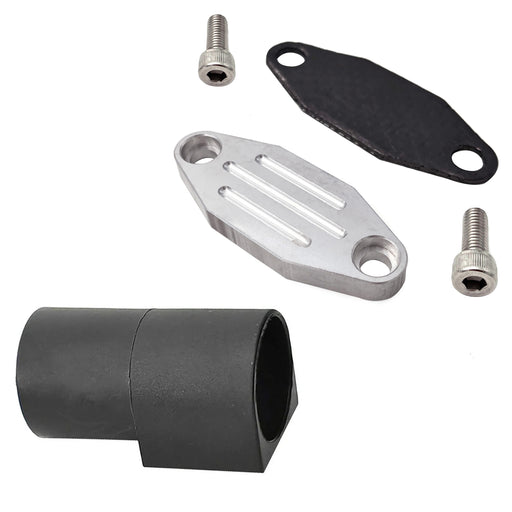
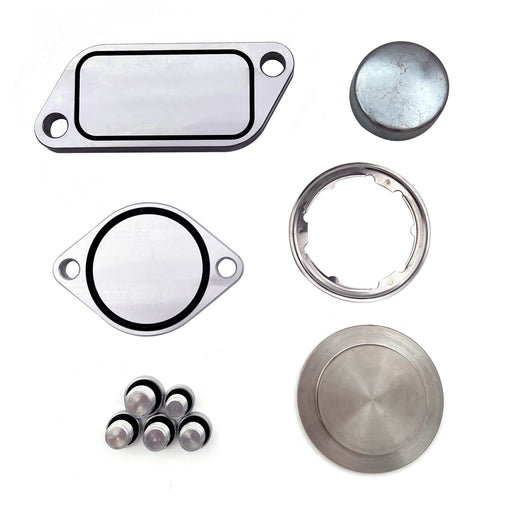
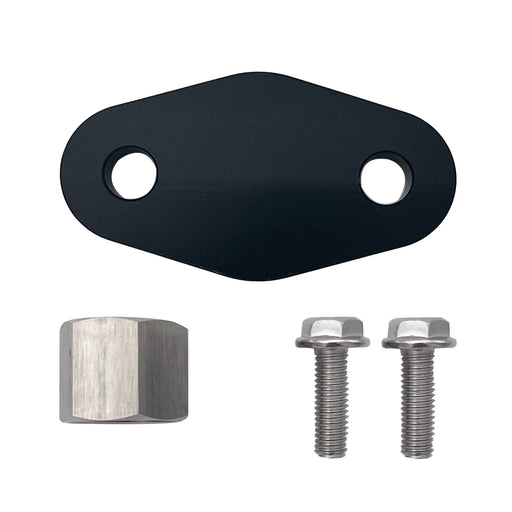
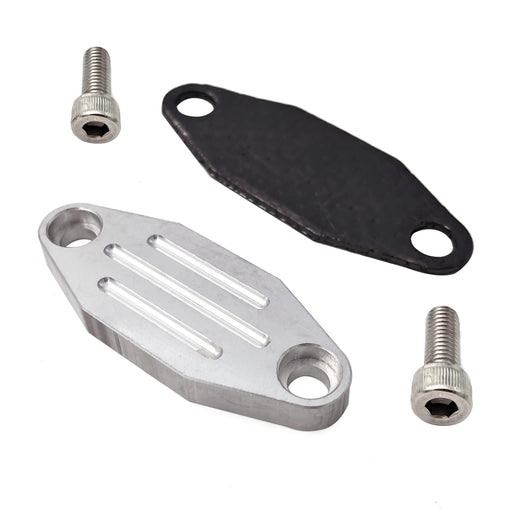
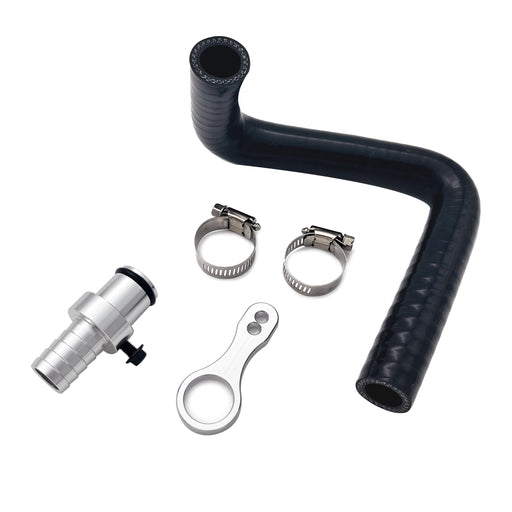
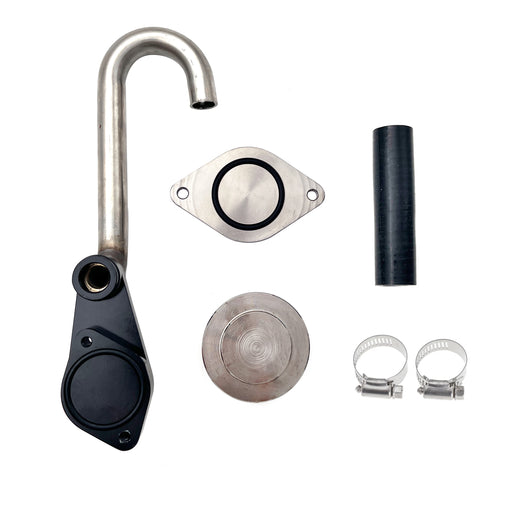

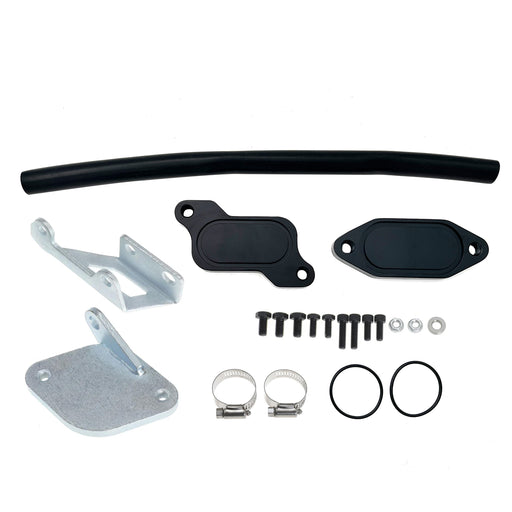
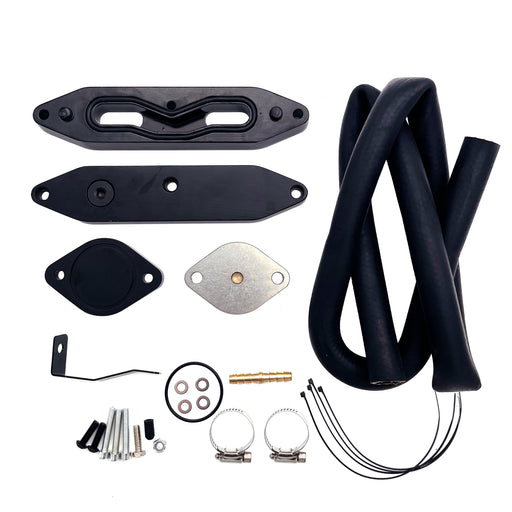
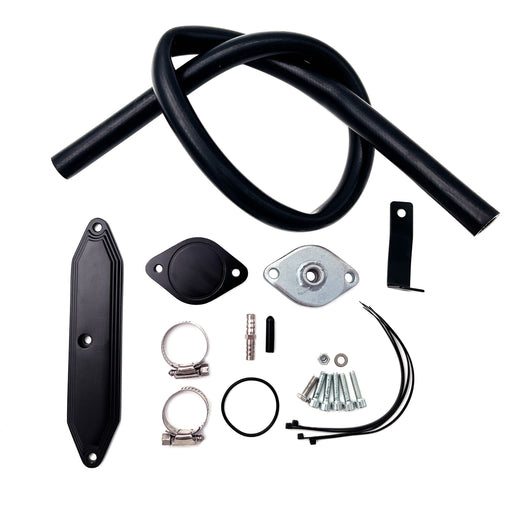
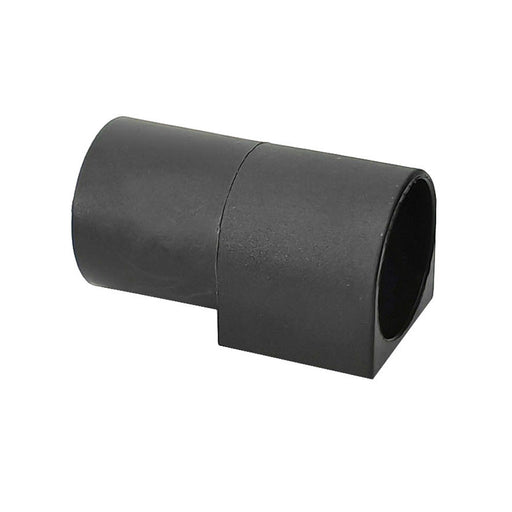
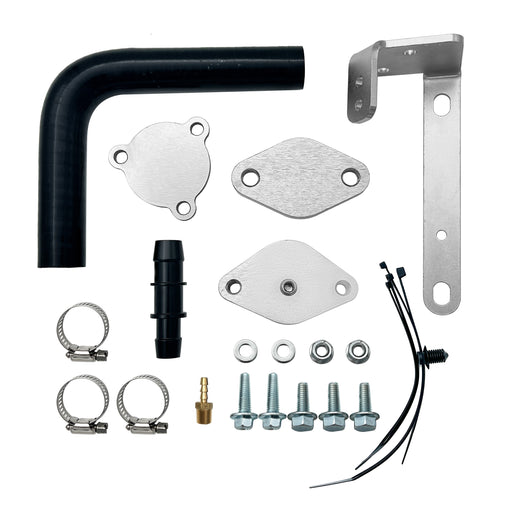
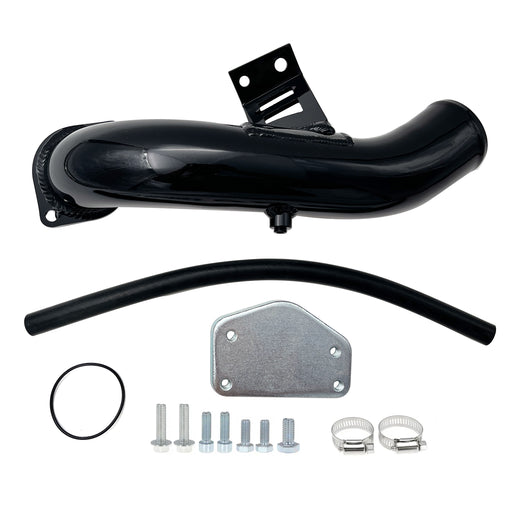
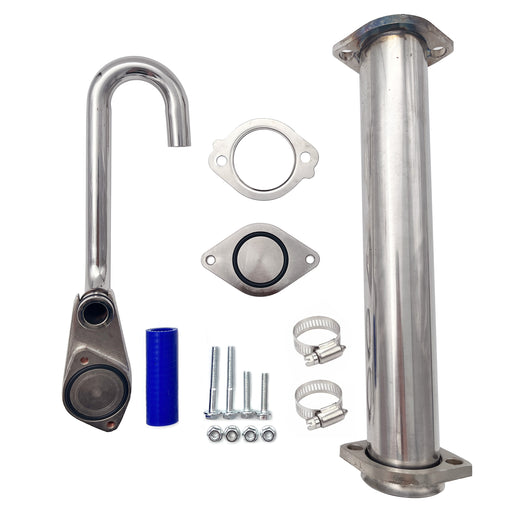
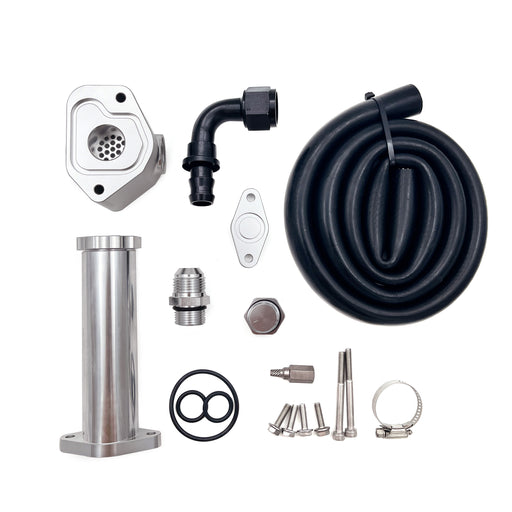
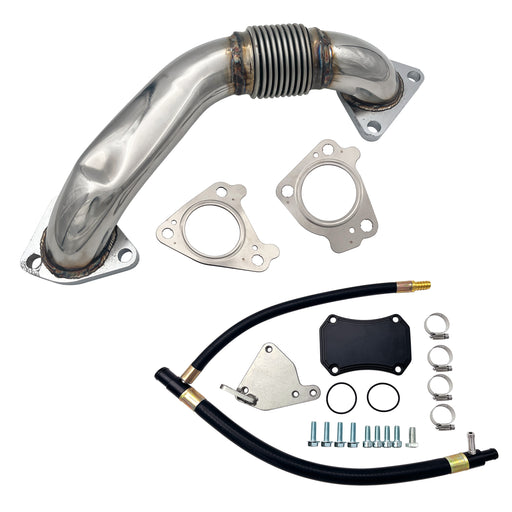
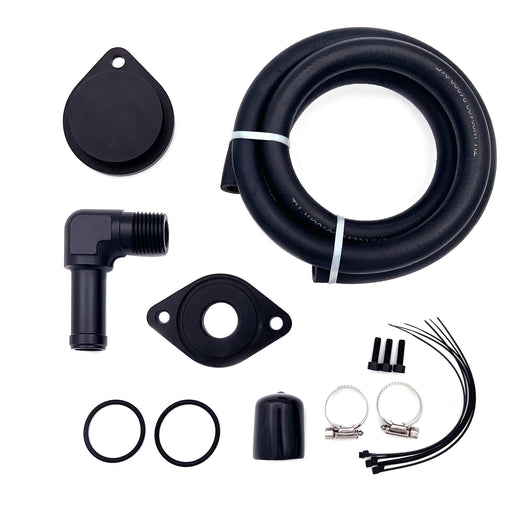
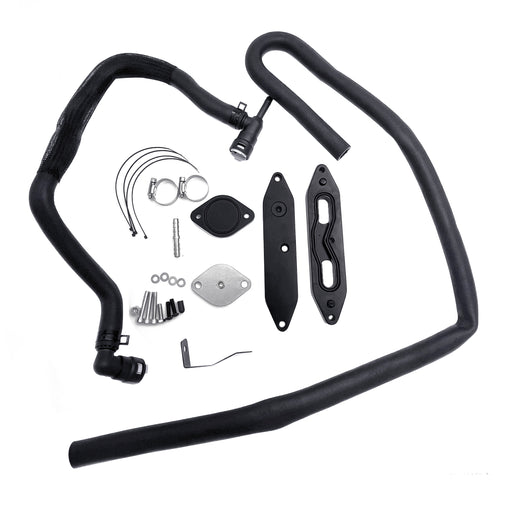
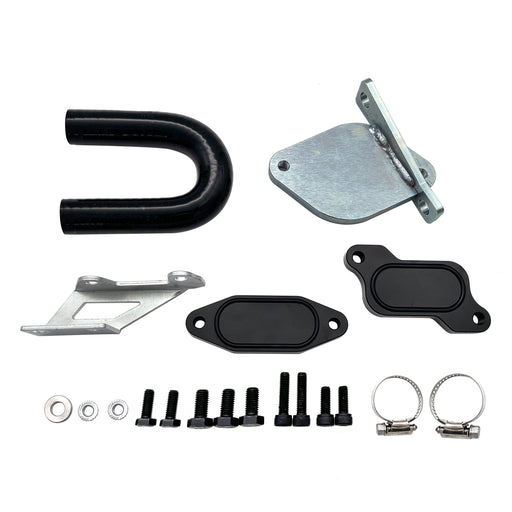
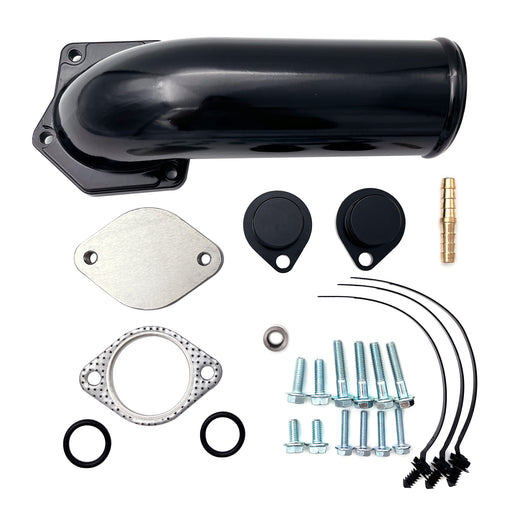
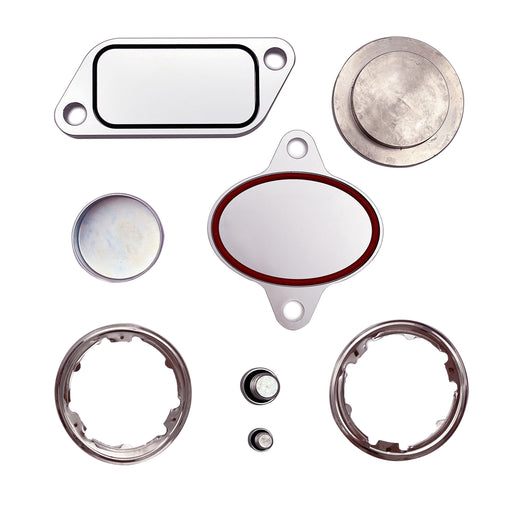



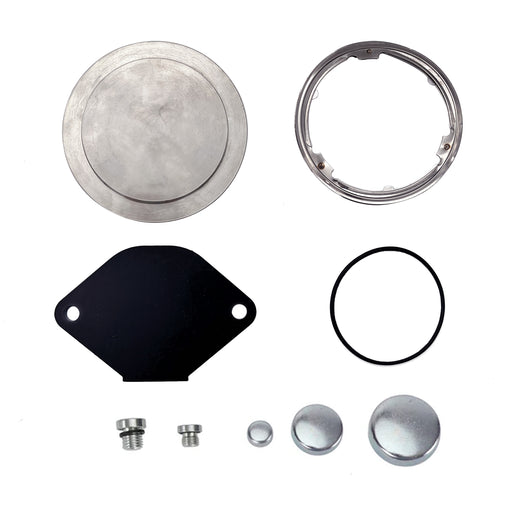
Leave a comment